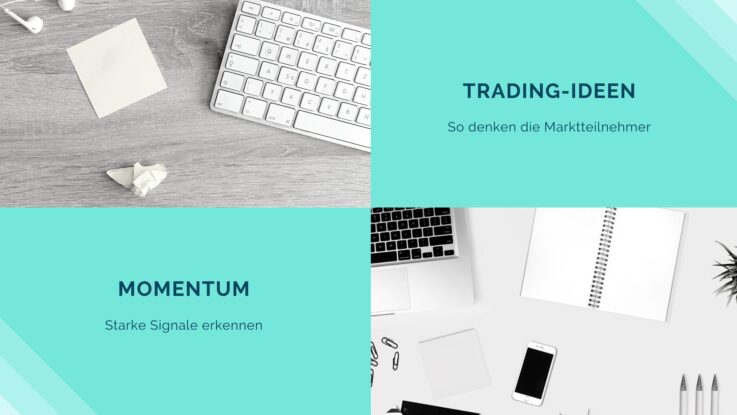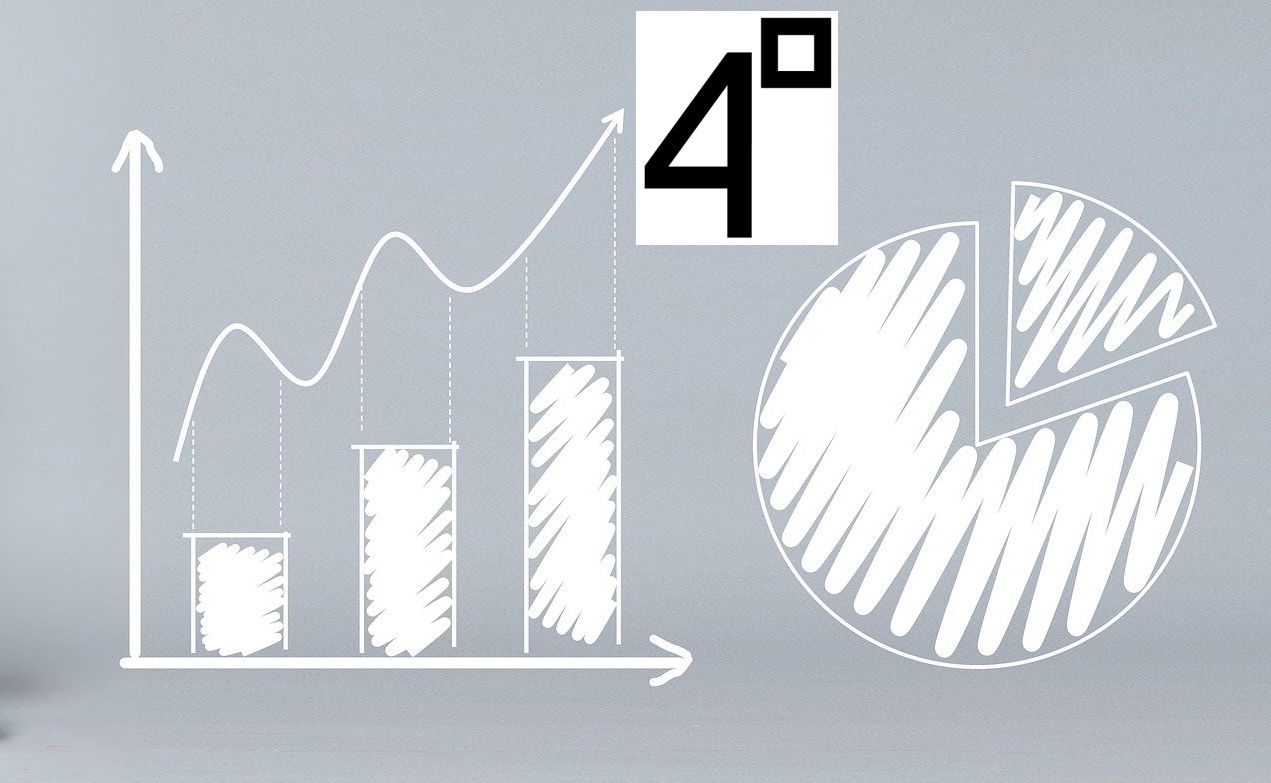Gestern wurde der Capital Index, der zweimal im Jahr veröffentlicht wird, bereitgestellt. Die Deutsche Bank ist die mit dem größten Risiko behaftete TooBigToFail Bank.

Quelle: FDIC
Statement of FDIC Vice Chairman Hoenig on the Semi-Annual Update of the Global Capital Index
September 20, 2016
The degree of leverage within the global financial system increased in the first half of 2016, as the weighted-average tangible equity capital ratio declined by 22 basis points to 5.75 percent across the eight U.S. Global Systemically Important Banks (G-SIBs) and by 23 basis points to 5.45 percent across the foreign G-SIBs, according to data in the semi-annual report of the Global Capital Index released today by FDIC Vice Chairman Thomas M. Hoenig.
„Although equity capital increased for U.S. G-SIBs in the first half of the year, assets increased more than proportionately, including a significant expansion of their derivatives book. The net effect was an increase in their overall leverage position. Thus, as markets have recovered and as central banks around the world continue quantitative easing programs, the incentives for increasing financial leverage have intensified,“ Vice Chairman Hoenig said.
„Within the context of lower capital levels, it is worth noting also that asset quality remains an issue, especially in certain foreign jurisdictions. For example, approximately 7 percent of all loans of European banks are non-performing as compared to 1.5 percent on the books of U.S. banks. This is no small matter as the ratio of nonperforming loans to tangible equity and loan loss reserves — called the Texas Ratio — is as high as 100 percent for the hardest hit jurisdictions and is more than 40 percent even for the European countries least affected by the recent financial crisis, according to European Central Bank data“.1
The Global Capital Index also shows that global banks with stronger capital as measured under the leverage ratio and with fewer asset problems generally trade at a premium or at less of a discount to book value than banks with weaker capital, as shown in column 12. The average price-to-book value for U.S. banks is .9 versus the average price-to-book value of .59 for the foreign banking firms listed.
„Overall, the data show that the benefits of higher capital outweigh its costs,“ Vice Chairman Hoenig said. „In addition to the financial markets generally rewarding banks with healthier leverage ratios, better capitalized banks lend more and do so on a sustained basis over the business cycle, 2 3 and they are less likely to fail or require bailouts.4“
„The Global Capital Index also illustrates that while capital levels are greater now than pre-crisis, they are inadequate for long-term resiliency. In 2008, the 10 largest U.S. banks held on average 3.1 percent tangible equity capital-to-assets. When the financial crisis hit, these institutions experienced significant losses and required extraordinary government support.5 Today, the largest global banks have tangible leverage ratios just above 5 percent, which is hardly adequate to withstand losses similar to those experienced during the last crisis,“ Vice Chairman Hoenig said.
„Finally, it is important to note that earlier this month global regulators affirmed that they will not significantly increase overall capital levels as they finalize the Basel III accords.6 There are also proposals from some groups that would introduce risk weighting into the leverage ratio itself, which would undermine its very purpose as a minimum capital standard. Such actions are unwise as they undermine long-term goals to strengthen the financial system and achieve stable long-term economic growth,“ he said.
The Global Capital Index relies on International Financial Reporting Standards (IFRS) to measure a firm’s tangible equity (loss-absorbing capital) against a more complete reporting of bank assets by including a more complete reporting of derivative exposures, as shown in Column 7 of the table. The largest financial institutions continue to reference their risk weighted capital ratios (Column 3) rather than their tangible equity capital ratios (Column 8) to suggest they are well capitalized. However, this higher number occurs because assumed risk weighted assets represent only 43 percent of total assets measured under IFRS. The net effect is to reduce assets used in computing the risk based leverage ratio, thus overstating the true equity capital available to absorb losses relative to the total size of the balance sheet.
The Global Capital Index can be found at: https://www.fdic.gov/about/learn/board/hoenig/global.html.
Bloomberg berichtete schon gestern über die Ergebnisse. Hier möchte ich daran erinnern das schon im letzten Bericht die Leverage Ratio gerade noch oberhalb von 3% lag und in dem Bericht zuvor auch nur leicht höher angegeben wurde. Seitdem ich den Index beobachte, nahm die Leverage Ratio stetig ab. Schon im letzten Jahr vermutete ich große Probleme bei dem Geldhaus, dass auch noch zwischen 42 bis 53 Billionen USD in Derivaten in den Büchern hat, deren wahrer Wert kaum ermittelt werden kann, schon gar nicht, sollte ein Lehman Event anstehen.






